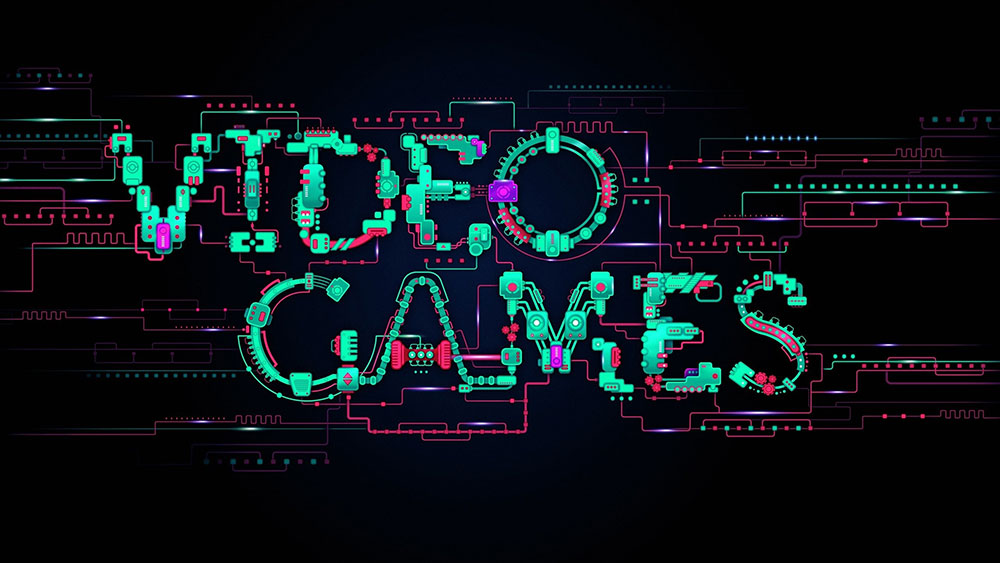
Students Switching from Gamers to Super Students
26 January 2018Positive game skills can turn a video gaming habit into a culinary arts learning habit.
By Lisa Parrish, GMC Editor
 Today’s culinary students are well-versed in playing video games. It comes from hours and hours of practice, according to wives, husbands and family members. It has been reported that some students play games more than eat and sleep! Leaving aside the mental health aspects of a gaming habit, students are learning different skill sets from all this screen time. Perhaps instructors can harness these new technology-driven aptitudes and put them to good use in culinary arts training.
Today’s culinary students are well-versed in playing video games. It comes from hours and hours of practice, according to wives, husbands and family members. It has been reported that some students play games more than eat and sleep! Leaving aside the mental health aspects of a gaming habit, students are learning different skill sets from all this screen time. Perhaps instructors can harness these new technology-driven aptitudes and put them to good use in culinary arts training.
Is the Glass Half Full or Half Empty?
There are several ways to describe someone who spends a great deal of time playing video games, such as a gaming console, smart phone app, or PC. The descriptive words might include: immature, reclusive, obsessed or even aggressive. However, gamers are often perceptive, team players, adaptive, adept at economics, and have quick reaction speeds. Aren’t these the types of skills we want to develop in our future chefs? By viewing the positive benefits of a gaming habit, we may be able to adapt coursework to build on the strengths our gaming students bring into the classroom.
Almost Everyone’s Doing It
According to Stastica, 92 percent of American children between the ages of two and 17 played a video game during 2015. In 2017, a study from the Entertainment Software Association showed that 65 percent of American households have at least one person who plays video games regularly and 67 percent own a dedicated gaming device.
However, you might be surprised to find that the average gamer is 35 years old and gamers whose age is 18 years and above represent 72 percent of all gamers.
The bottom line is that younger children are being introduced to games earlier and earlier and those that are 18 years and older are well-versed in the video game world. These current and potential gamers are going to be perspective students in culinary arts programs around the country.
Gamifying the Classroom
Let’s take a look at what skills are being developed in students who regularly play video games. In order to do that, it’s important to look at a few commonalities across most video games.
Nai Wang, founder and owner of KP Education Systems and expert gamer, describes a few tools used by programmers. “The term grinding refers to getting a player to repeat tasks, often chores, in order to gain extra points and move onto the next level,” he said. “When someone talks about a speed run they mean how fast and efficiently their player can get through the level.” And, finally Wang describes an important tool of leveling up, “It’s mastering the level, gaining all the points available and finding all the hidden treasures before going to the next level.” Wang contends that by utilizing grinding, speed runs and leveling up in classroom instruction, students will identify with these practices and willingly engage more with the material.
“My company gamifies a flipped classroom. In the online teaching environment, the culinary content looks similar to a video game with the instructor functioning as the programmer in charge. In order for students to pass the level or leveling up, they must earn points by repeating the skill over and over until it’s perfected. They receive helpful, immediate feedback. As the students become more familiar with the concept or skill, they earn badges and rewards, and enough points to level up and begin another model,” Wang said.
Gamifying a classroom does not have to be restricted to an online environment. Experience points and leveling up can be accomplished with a leveling chart that might include choices such as completing class assignments, completing additional tasks from a choice board, sharing insightful comments during discussions, and proposing topics for exploration and then once approved complete a write up of the new topic. Moving through the level chart can open students up to “Boss Challenges” or major section assessments. Click here for more information on gamifying a traditional classroom.
Help with Differentiation
Gamification of culinary materials is also helpful as students can pace themselves and set their own goals and objectives. Wang explains, “Students learn at different rates and this can be difficult for the teacher of a large classroom. Technology can augment a teacher’s challenge of reaching all the students, regardless of various learning styles. The teacher moves into a facilitator or coach role.” The instructor sets deadlines for achievement and the students move into a self-motivated role. According to Wang, they assume the spirit of “this is how I play and this is how I learn.”
Although Wang is a fan of putting more learning responsibility in students’ hands, he does not believe that the gamified online environment is a complete substitute for the traditional classroom. “The teacher is still important to provide structure, rules and guide rails to the process.” He also acknowledged the importance of the social aspect of meetings with teachers and students.
Conclusion
The one thing that gamification does, whether online or in a traditional setting, is helps student find self-motivation through a habit they probably have already developed - gaming. They are able to take charge of their learning, gain insight as they earn points and rewards, and feel accomplished as they move to the next level and challenge. Students understand this structure and it can transcend from a game into the classroom environment.
Nai Wang spoke at CAFÉ’s 2016 Leadership Conference. His topic, “Using Digital Tools to Gamify Learning” is available by clicking here. It is the second video on the page.
Click here for more information about KP Education Systems.
